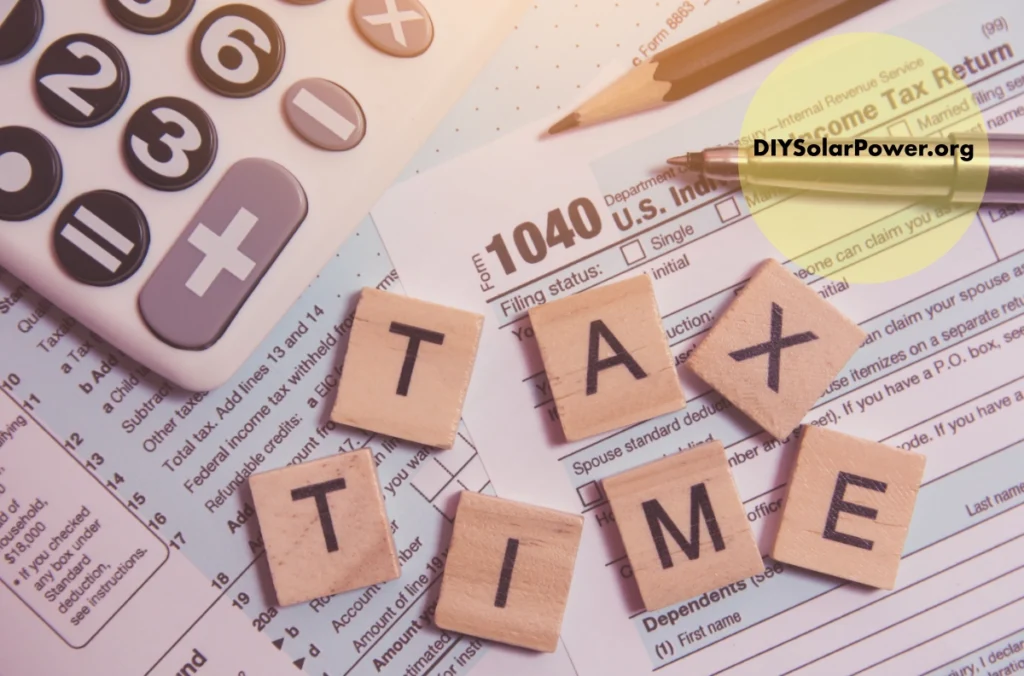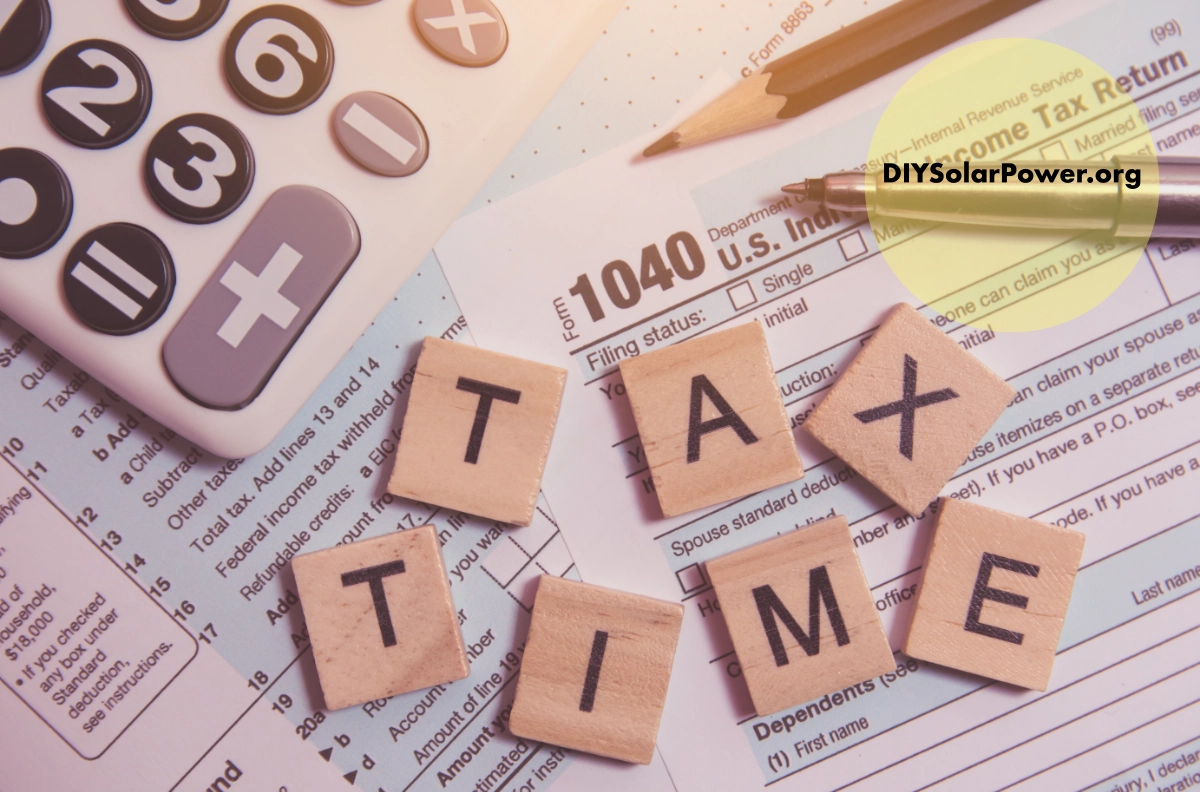Embrace Solar Energy and Reap the Benefits
In an era where sustainability meets affordability, harnessing solar energy for your home has never been more attractive or achievable. The surge in solar installations across the US in 2023, despite economic challenges, is a testament to the growing appeal and accessibility of residential solar panels. This guide will illuminate the path to obtaining the Federal Solar Tax Credit, making your transition to clean energy smoother and more affordable.

The Federal Solar Tax Credit Unveiled
Nestled within the Inflation Reduction Act of August 2022 lies a golden opportunity for homeowners: the residential clean energy credit. This incentive is not just a helping hand; it’s a substantial support system for those looking to equip their homes with solar power. The credit, previously known as the investment tax credit, has been rejuvenated and expanded, offering up to 30% off the cost of solar installations and other clean energy improvements until 2033.
Expert Insight:
Gilbert Michaud, Assistant Professor in the School of Environmental Sustainability at Loyola University Chicago, emphasizes, “As part of the Inflation Reduction Act, they mitigated all the risks and uncertainties by enhancing the credit.”

How the Solar Tax Credit Works
This beneficial credit doesn’t directly hand you cash but significantly reduces your federal tax bill. Imagine installing a solar system for $15,000; a 30% tax credit slashes $4,500 off your taxes the next year. Should the credit exceed what you owe in taxes, the IRS allows you to carry forward the unused portion, offering a reduction in future tax years.
Eligible Expenses Under the Solar Tax Credit
The scope of this credit is impressively broad, covering:
- Solar panel costs and related hardware
- Installation and labor expenses
- Necessary electrical work for solar integration
- Permitting fees and other soft costs
Expert Insight:
Michaud clarifies, “The tax credit encompasses all expenses involved in the installation, essentially asking, ‘How much did you spend to install this on your roof?'”
Claiming Your Solar Tax Credit
Claiming the credit is straightforward:
- Collaborate with a solar installer for your rooftop system.
- Use IRS Form 5695 during tax filing for the installation year to claim the credit.
- Enjoy a reduced tax bill without direct monetary reimbursement.
Modern tax software further simplifies this process, guiding you through claiming the credit seamlessly.
Beyond Federal: State Solar Incentives
While the federal credit covers up to 30% of the costs, many states offer additional incentives, including tax credits, property, and sales tax exemptions. These can significantly lower your out-of-pocket expenses, making solar energy even more accessible.
The Accessibility of Residential Solar Today
Thanks to the enhanced federal tax credit and the decreasing costs of solar systems, residential solar energy is more accessible and affordable than ever. The availability of experienced installers and the promise of continued federal support until 2033 ensure that the future of home solar energy is bright.
Expert Insight:
Michaud optimistically states, “With the tax credit now at 30%, combined with lower costs and experienced installers, we’re witnessing a perfect storm for solar adoption.”
The journey to solar energy for your home is paved with savings, thanks to the Federal Solar Tax Credit. By reducing upfront costs and offering a significant tax break, solar energy is no longer just an eco-friendly choice but an economically wise one. Dive into the world of solar energy today and be part of the sustainable future.
You are eligible for the federal solar tax credit if you install a solar-energy system after January 1, 2006. This credit can be claimed for systems installed and operational within the last calendar year when filing your taxes. If your system is installed this year, you must wait until the next tax filing season to claim the credit.
To qualify for the solar energy credit, the solar photovoltaic system must be initially installed at your primary or secondary residence and owned by you (certain offsite community solar projects may also qualify). Leased solar panels do not qualify for this tax break. There is no cap on the claimable amount. Additionally, if the system is financed through the manufacturer under a contract obligating you to full payment, the credit can be claimed on the total cost of the system.
The residential clean energy credit can be claimed multiple times without any annual or lifetime limits, except for fuel cells.
There is no income limit for claiming the federal solar tax credit. However, the credit amount you can receive is capped by the tax liability for that year, as it is nonrefundable. Any unused credit can be carried over to offset tax liabilities in future years.
Since the credit is nonrefundable, it can only be applied to the extent of your tax liability for the year. Any unused portion of the credit can be carried forward to subsequent years.
